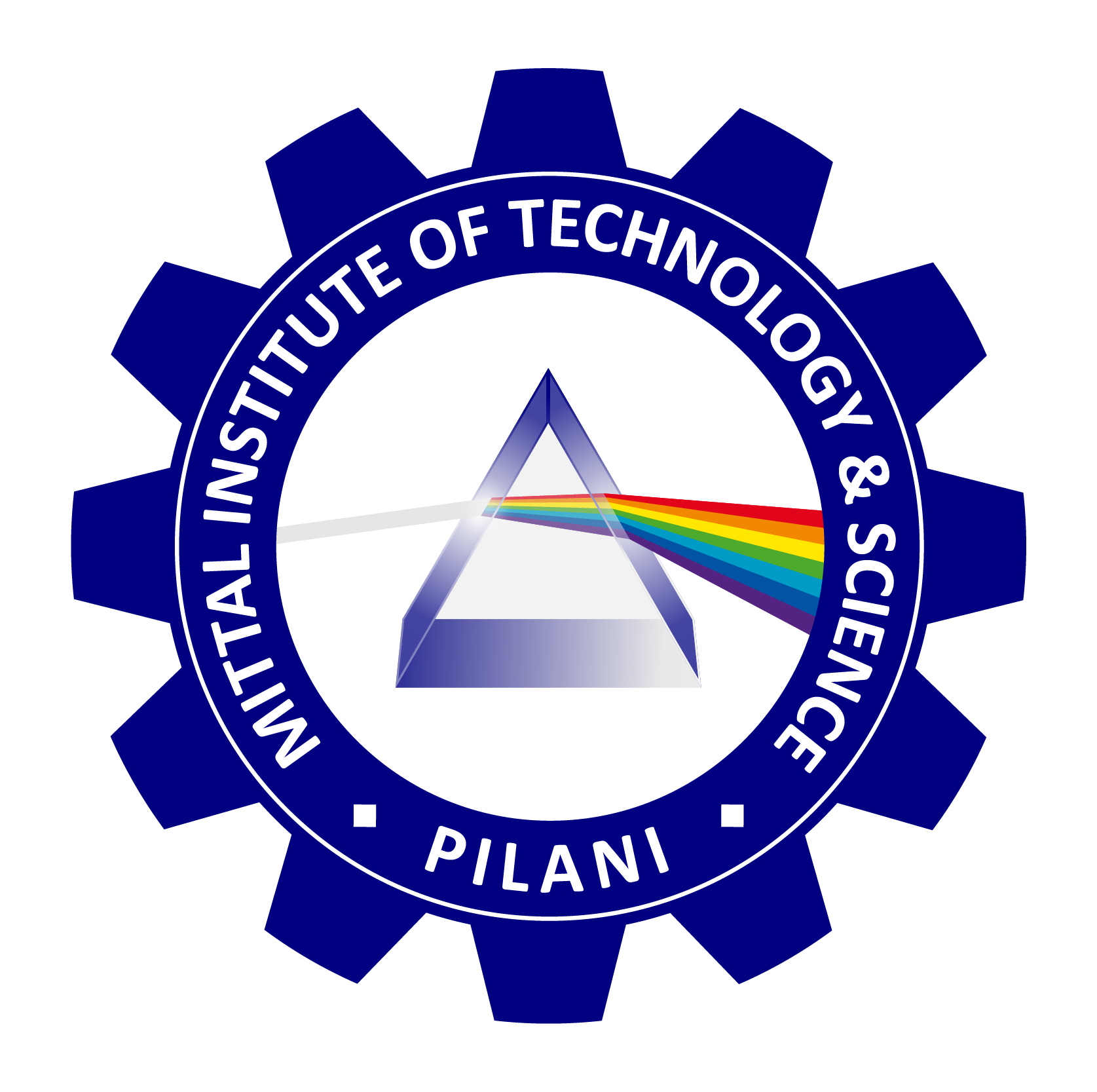
MITTAL INSTITUTE OF TECHNOLOGY & SCIENCE, PILANI
Department of Electronics
Integrated Circuits in Electronics and Computer Technology
Integrated Circuits (ICs) have been one of the most significant advancements in modern electronics and computer technology. Since their invention in the late 1950s, ICs have revolutionized how electronic devices are designed, produced, and utilized. They form the core of virtually all electronic devices today, from smartphones and computers to medical devices, automobiles, and industrial systems. This essay explores the role of integrated circuits in electronics and computer technology, their evolution, advantages, and the profound impact they have had on the modern world.
The Birth of Integrated Circuits
The development of the integrated circuit is often attributed to Jack Kilby of Texas Instruments and Robert Noyce of Fairchild Semiconductor, who independently came up with the idea in the late 1950s. Prior to the invention of ICs, electronic circuits were made using individual components like transistors, resistors, capacitors, and diodes, all of which had to be manually wired together. This process was not only cumbersome but also error-prone, limiting the complexity of circuits that could be constructed.
Kilby’s and Noyce’s breakthrough was in miniaturizing and integrating multiple components onto a single semiconductor chip, typically made from silicon. This marked the beginning of a new era in electronics, as it allowed circuits to be made smaller, faster, and more reliable.
The Evolution of Integrated Circuits
Over the decades, ICs have evolved from simple designs with a few transistors to incredibly complex systems containing billions of transistors on a single chip. This evolution has followed Moore’s Law, named after Gordon Moore, the co-founder of Intel, who predicted that the number of transistors on a chip would double approximately every two years, leading to exponential increases in computing power.
The early integrated circuits were primarily used in basic applications like radios and calculators. However, as ICs became more advanced, they started being used in more complex systems, such as computers and telecommunications. The development of the microprocessor, an IC that functions as the central processing unit (CPU) of a computer, was a turning point in both electronics and computer technology. The first commercial microprocessor, Intel’s 4004, was introduced in 1971, and since then, microprocessors have become the brains of modern computers and embedded systems.
Impact of Integrated Circuits on Electronics
Integrated circuits have had a profound impact on the electronics industry. Their miniaturization and reliability have allowed electronic devices to become smaller, faster, and more efficient. Modern smartphones, for example, are orders of magnitude more powerful than the computers used to land the Apollo 11 mission on the Moon, yet they fit comfortably in our pockets.
ICs have also enabled the development of new technologies and applications that were previously impossible. For instance, advancements in IC technology have led to the rise of the Internet of Things (IoT), where interconnected devices communicate and share data seamlessly. ICs are also the foundation of modern telecommunications, enabling high-speed data transmission, wireless communication, and global connectivity.
Role of Integrated Circuits in Computer Technology
In computer technology, integrated circuits have been instrumental in the development of everything from personal computers to supercomputers. The increasing processing power of microprocessors, combined with advances in memory and storage ICs, has enabled rapid progress in software development, artificial intelligence, machine learning, and data processing.
The miniaturization of ICs has also paved the way for portable computing devices, such as laptops, tablets, and smartphones, which have become essential tools in both personal and professional life. Additionally, ICs are used in data centers, where they power the servers and networking equipment that form the backbone of the internet and cloud computing infrastructure.
Advantages of Integrated Circuits
One of the primary advantages of integrated circuits is their size. By integrating many components onto a single chip, ICs significantly reduce the space required for electronic circuits. This miniaturization has allowed for the development of smaller and more portable electronic devices.
ICs are also more reliable than discrete circuits because they reduce the number of individual connections, which are often sources of failure. Additionally, ICs consume less power and produce less heat, making them more energy-efficient than older technologies.
Another key advantage is cost. Once the initial design and manufacturing processes are established, ICs can be mass-produced at a relatively low cost. This has helped make electronic devices affordable and accessible to a wide range of people, driving the widespread adoption of technology across the globe.
Challenges and Future of Integrated Circuits
Despite their advantages, integrated circuits face several challenges. As the number of transistors on a chip continues to increase, issues like heat dissipation, power consumption, and fabrication complexity become more significant. The continued shrinkage of transistors, following Moore’s Law, is also approaching physical limitations, prompting researchers to explore new materials and technologies, such as quantum computing and neuromorphic chips, to overcome these challenges.
Looking ahead, integrated circuits will continue to play a central role in the development of emerging technologies. From artificial intelligence to 5G networks and autonomous vehicles, ICs will be at the heart of the innovations that shape the future of electronics and computer technology.
Integrated circuits have fundamentally transformed the landscape of electronics and computer technology. Their ability to miniaturize, enhance performance, and lower costs has enabled the development of increasingly sophisticated and powerful devices that have revolutionized industries and everyday life. As we continue to push the boundaries of technology, integrated circuits will remain at the core of our most advanced systems, driving innovation and shaping the future of the digital age.

Professor Rakesh Mittal
Computer Science
Director
Mittal Institute of Technology & Science, Pilani, India and Clearwater, Florida, USA
